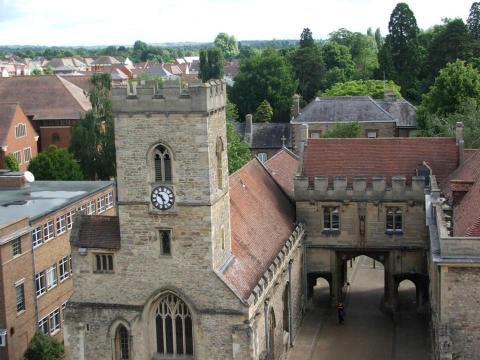Venue, Timing and Cost

Fauré Élégie, Thème et variations
Poulenc Cello sonata, Novelettes
Diana Hinds piano
Coral Lancaster cello
Composed in 1880, Gabriel Fauré’s Élégie for solo cello was first performed in 1883. At first, Fauré was looking into writing a cello sonata and it was in his method to pen the slow movement first. This was premiered under the guise of the sonata at the salon of Camille Saint-Saëns in 1880. Fauré never completed the sonata, and so in 1883 he had this one movement published under the new title of Élégie. For the premiere, Fauré played the piano with cellist Jules Loeb, to whom the piece is dedicated. The piece was instantly a hit with conductor Édouard Colonne asking Fauré for a version for cello and orchestra. This version premiered in April 1901, with Fauré conducting and Pablo Casals playing the cello. It has been said that Élégie was “one of the last manifestations of French musical Romanticism. From now on Fauré’s music was to be more introverted and discreet.”
The Thème et variations Op 73 — Fauré’s longest and certainly one of his greatest pieces for solo piano—was begun in the summer of 1895, most of which Fauré wasted lobbying for the job of music critic of France’s leading newspaper, Le Figaro (a post he finally got in 1903). Its premiere didn’t come, however, until December 1896 when it was performed by Léon Delafosse at St James’s Hall in London. Several things could have led Fauré to compose a set of variations at this time. No doubt he heard his friend Louis Diémer perform Rameau’s Gavotte et six doubles, which figured that year in his recitals. Saint-Saëns had just composed his Thème varié. But most likely it was Fauré’s love of Schumann and his Études symphoniques that was his greatest influence.
Francis Poulenc began sketching his Cello Sonata in 1940, but the work was considered complete until 1948. The premiere performance happened in Paris in May 1949, with Poulenc playing the piano and Pierre Fournier, to whom the piece is dedicated, playing the cello. Fournier helped Poulenc with some of the technical aspects of the sonata, as the composer was not as familiar with the cello as a solo instrument. Set into four movements the sonata adheres to the classical traditions of a sonata form first movement, a slow and lyrical second movement, an upbeat scherzo penultimate movement and then an exuberant finale.
Poulenc’s Trois Novelettes is a charming set of miniatures for piano, which display the composer’s characteristic wit and lyricism. The first two were composed in 1927 and 1928 respectively, and were published together. The first, in C major, is a bright yet serene miniature written in the neoclassical style. By contrast, the second is far more extroverted, brimming with humour and pantomime-like drama. The third was written much later in 1959 at the request of Chester & Co. publishers on the occasion of the firm’s centenary. Poulenc chose to honour the memory of his friend, Manuel de Falla, by setting a theme from the Spanish composer’s ballet, El amor brujo.Poulenc accompanies de Falla’s melody with his distinctive luxurious and sensual harmony with the beguiling direction, baigné de pédales (‘bathed in pedal’). The piece concludes by fading into a haze of nostalgia with one of his very best chords.
Further Information
www.abbeychamberconcerts.org
07775 904626
